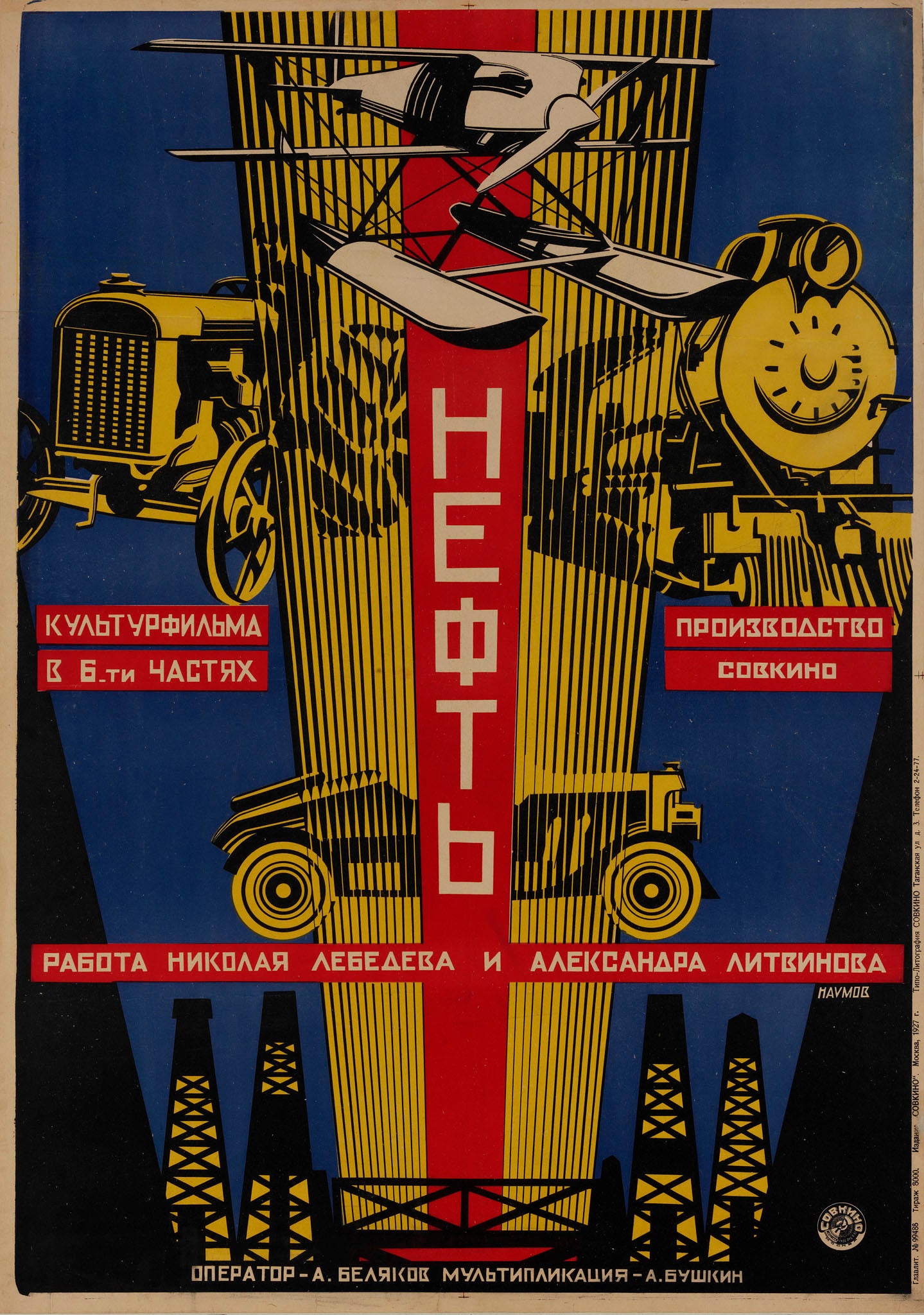The Golden Age of Soviet film posters
New exhibition opens in London to commemorate Soviet film artists

Your support helps us to tell the story
From reproductive rights to climate change to Big Tech, The Independent is on the ground when the story is developing. Whether it's investigating the financials of Elon Musk's pro-Trump PAC or producing our latest documentary, 'The A Word', which shines a light on the American women fighting for reproductive rights, we know how important it is to parse out the facts from the messaging.
At such a critical moment in US history, we need reporters on the ground. Your donation allows us to keep sending journalists to speak to both sides of the story.
The Independent is trusted by Americans across the entire political spectrum. And unlike many other quality news outlets, we choose not to lock Americans out of our reporting and analysis with paywalls. We believe quality journalism should be available to everyone, paid for by those who can afford it.
Your support makes all the difference.Long before its fledgling media knew its Eisenstein from its German physicists, 1920s Russian cinema needed to blow its own trumpet.
Throughout that decade, it would produce what would come, in time, to be regarded as Soviet montage masterpieces, the aforementioned Sergei Eisenstein’s 1925 opus Battleship Potemkin among them. But to create interest in them upon release, the industry enrolled artists to produce attention-grabbing posters of its key films.
This month, a new exhibition, Kino/Film: Soviet Posters of the Silent Screen, opens in London to commemorate their work, and also to launch 2014’s UK-Russia Year of Culture.
Striking graphic design was always emblematic of the former USSR, a country whose best artists were rarely subtle when they could be arrestingly bold instead.
The results were subsequently hailed as works of art in their own right, and the exhibition includes creations by brothers Georgii and Vladimir Stenberg (for the 1926 comedy Three Million Case, 1928’s Sporting Fever and 1929’s Death Loop) alongside, amongst others, Aleksandr Naumov’s Oil, and Yakov Ruklevsky’s revolution biopic October (both 1927).
These posters went on to attain classic status for reasons other than their stark beauty: though mass produced at the time, they were also quickly discarded. Few survived.
“Avant-garde design has been highly influential for many generations of artists outside Russia,” says curator Elena Sudakova, citing, amongst others, the directors Alfred Hitchcock and Peter Greenaway. “And they continue to be an inspiration today."
‘Kino/Film: Soviet Posters of the Silent Screen’, Gallery for Russian Arts and Design, London W1 (grad-london.com), 17 January to 29 March
Join our commenting forum
Join thought-provoking conversations, follow other Independent readers and see their replies
Comments